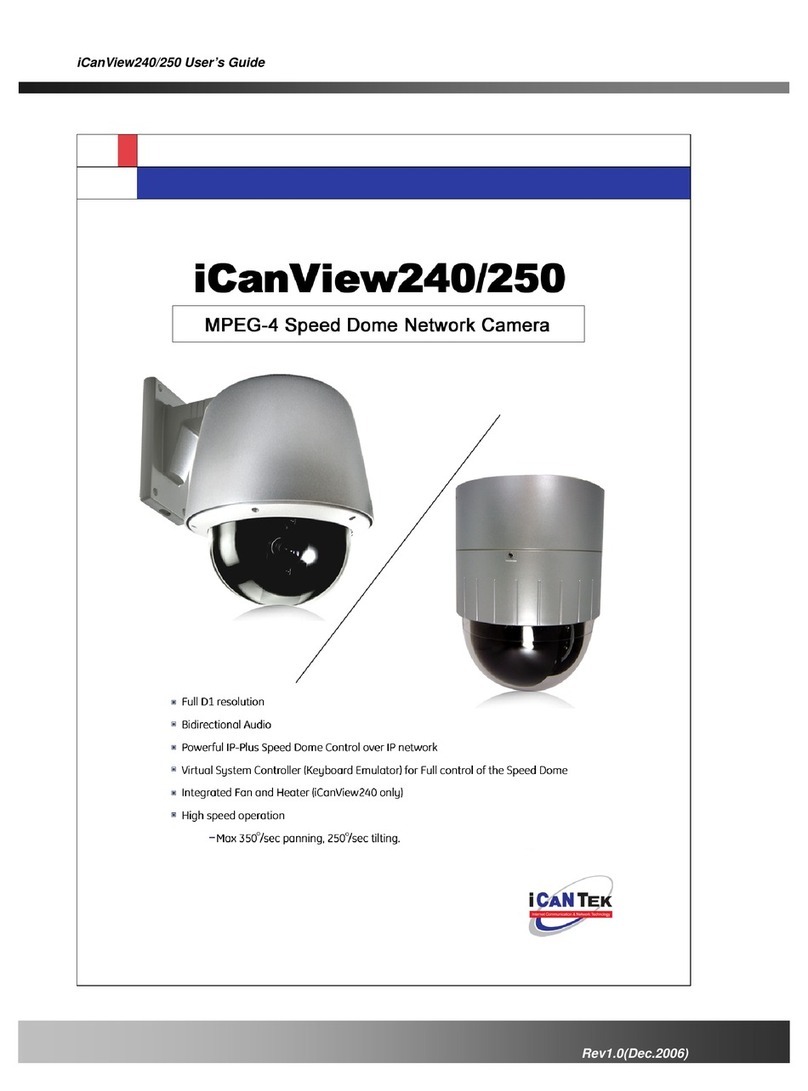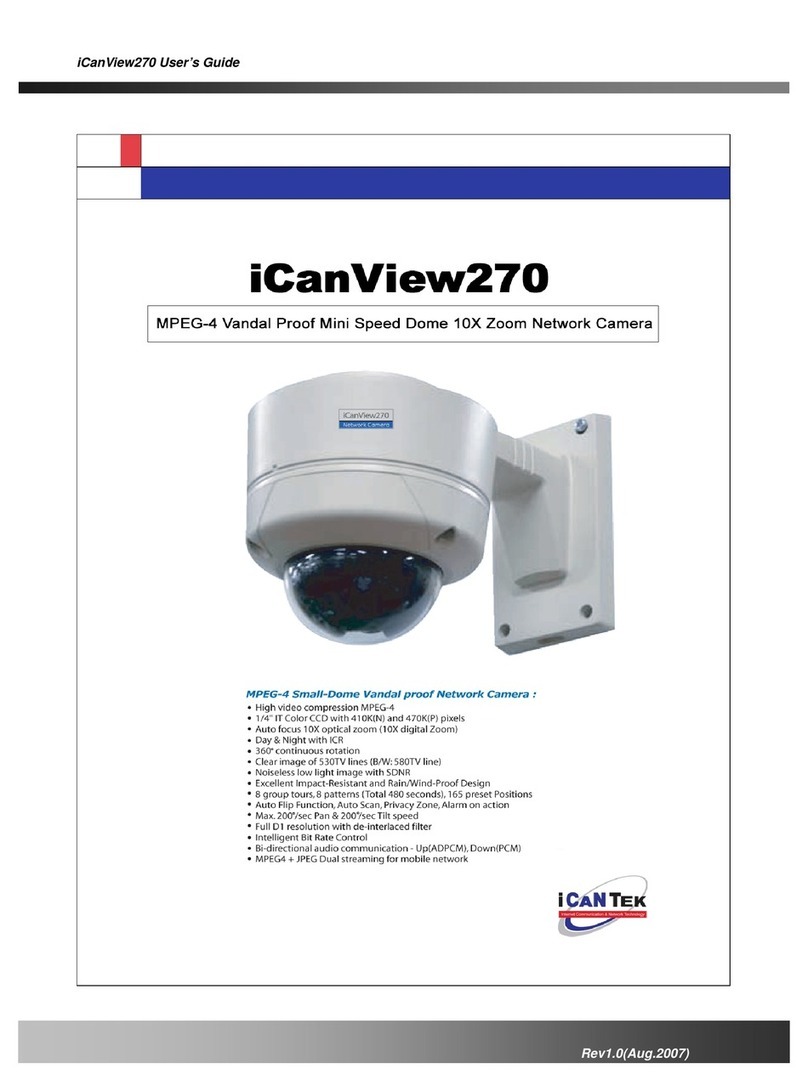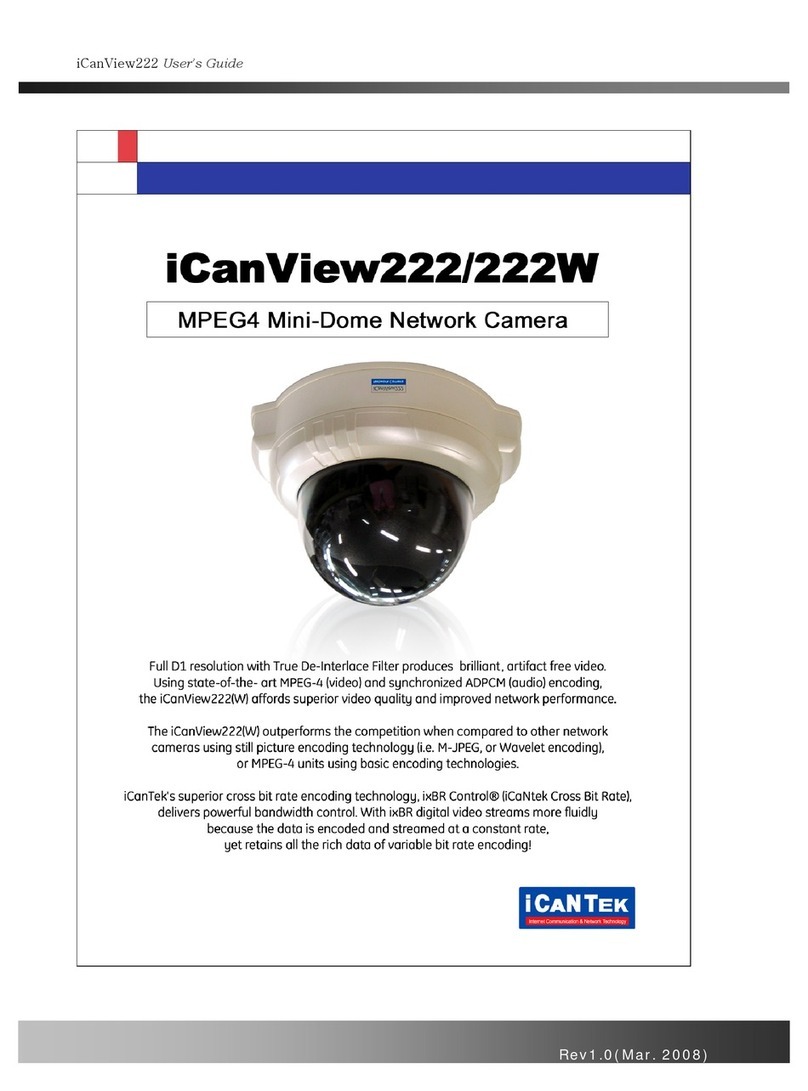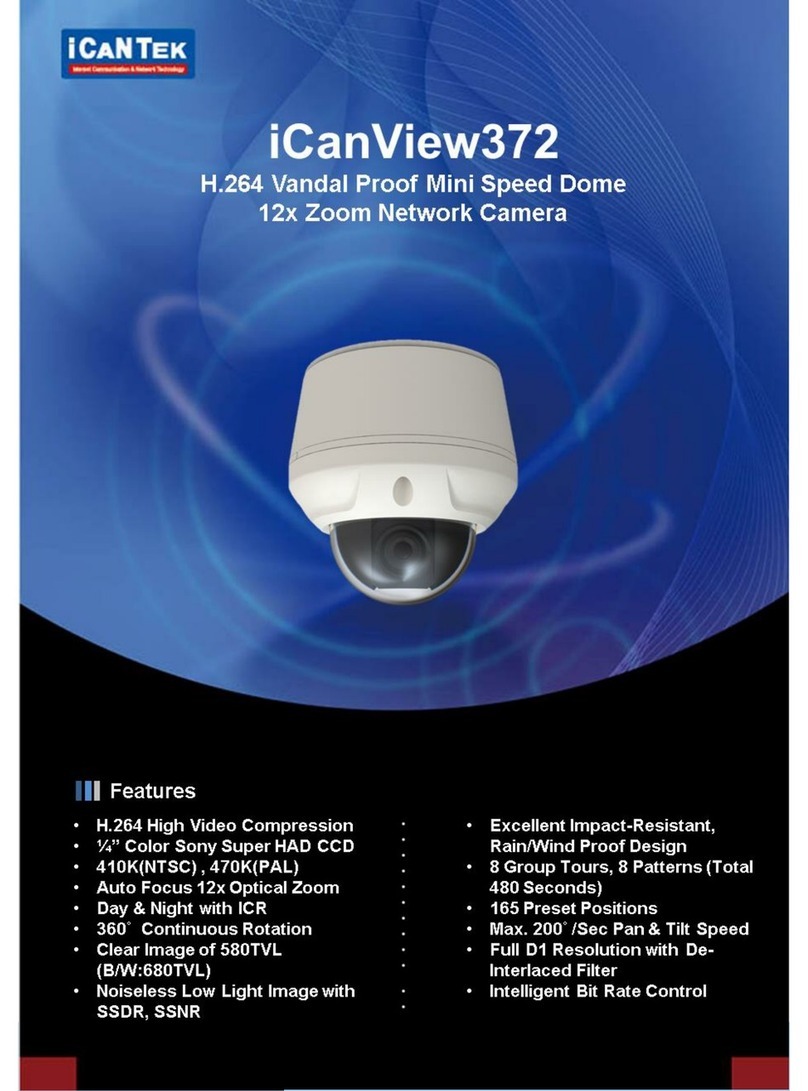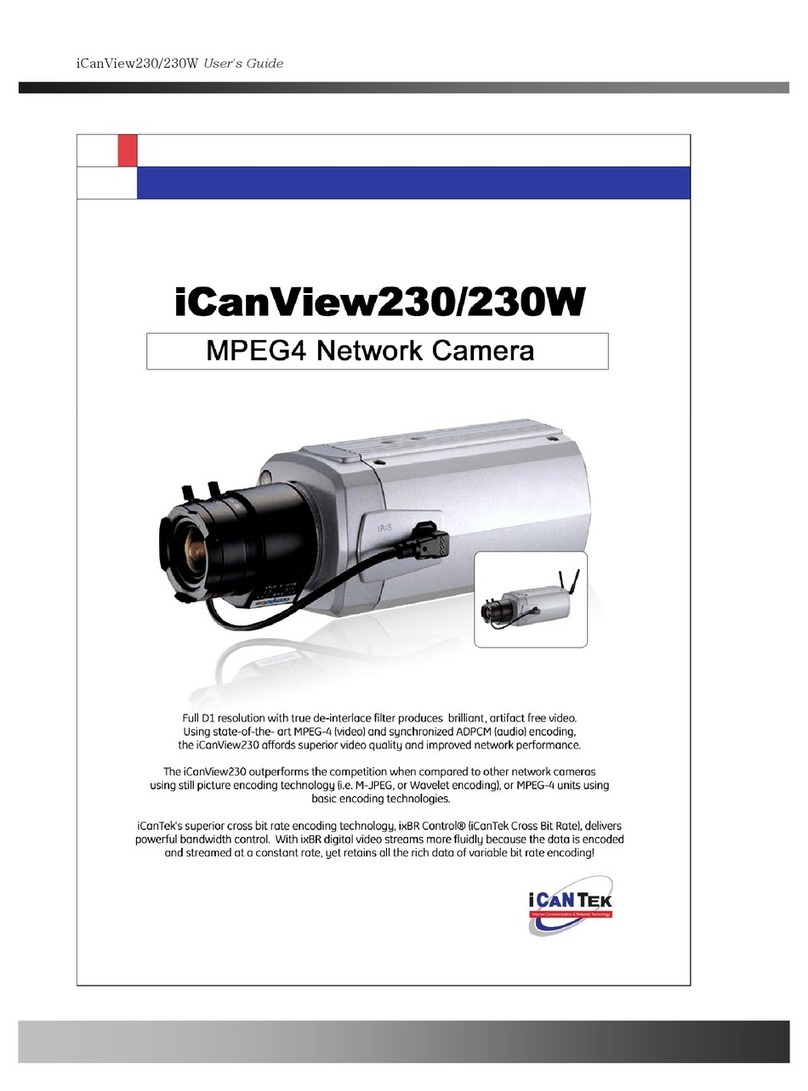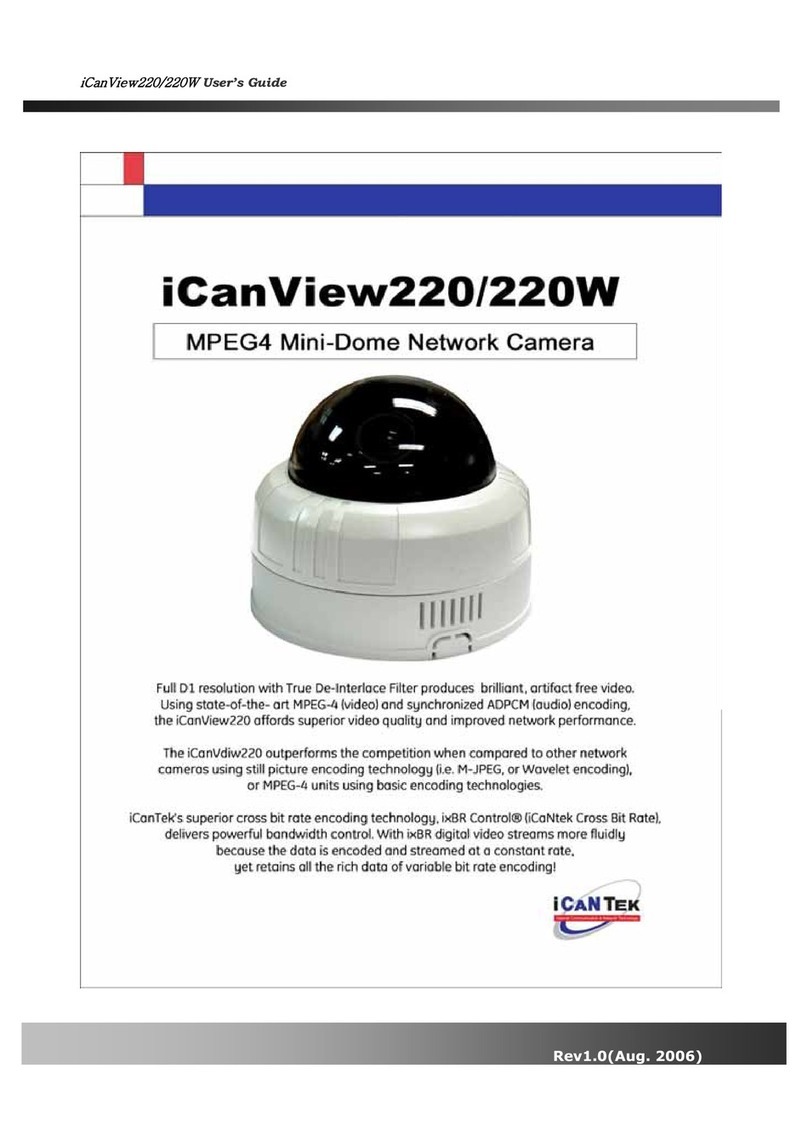iCanView110/110W User’s Guide
Rev.1.4 (Jan. 2005) 4 of 56
1. Introduction............................................................................................................................................5
1.1. Overview..........................................................................................................................5
1.2. Features of iCanView110...............................................................................................5
1.3. Applications of iCanView110.........................................................................................5
2. Product Description ...............................................................................................................................7
2.1. Contents ..........................................................................................................................7
2.2. Preview ............................................................................................................................7
2.3. Physical description........................................................................................................8
2.5 Quick Installation Guide................................................................................................12
3. Connecting the iCanView110..............................................................................................................15
3.1. Connecting to LAN........................................................................................................15
3.2. Connecting to xDSL Modem........................................................................................16
3.3. Connecting to Cable Modem.......................................................................................17
4. IP-Installer............................................................................................................................................20
4.1. Main window of IP-Installer ........................................................................................20
5. Configuring the A/V Server in Administrative Mode........................................................................21
5.1. Log On............................................................................................................................21
5.2. Basic Setup....................................................................................................................23
5.3. Network Configuration.................................................................................................25
5.4. Wireless Configuration.................................................................................................28
5.5. CCD Adjustment...........................................................................................................30
5.6. User Admin & Time Setup...........................................................................................33
5.7. Sensor & Capture Setup..............................................................................................36
5.8. Alarm Device Setup......................................................................................................38
5.9. Motion Region Setup....................................................................................................39
5.10. PTZ Setup....................................................................................................................41
5.11. Encryption Set up.......................................................................................................43
5.12. Upgrade & Reset.........................................................................................................45
5.13. Status Report..............................................................................................................47
6. Tips for Using iCanView110................................................................................................................48
6.1. ALARM-IN and ALARM-OUT.........................................................................................48
6.2. Trouble Shooting...........................................................................................................51
6.3. Web Viewer....................................................................................................................53
6.4. How To Upgrade Your iCanView110 System.............................................................55
Table of Contents
